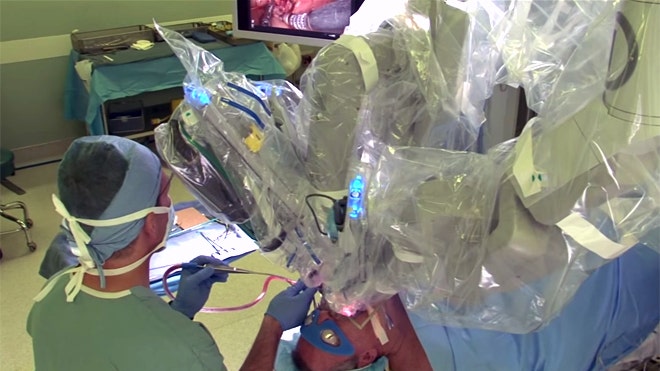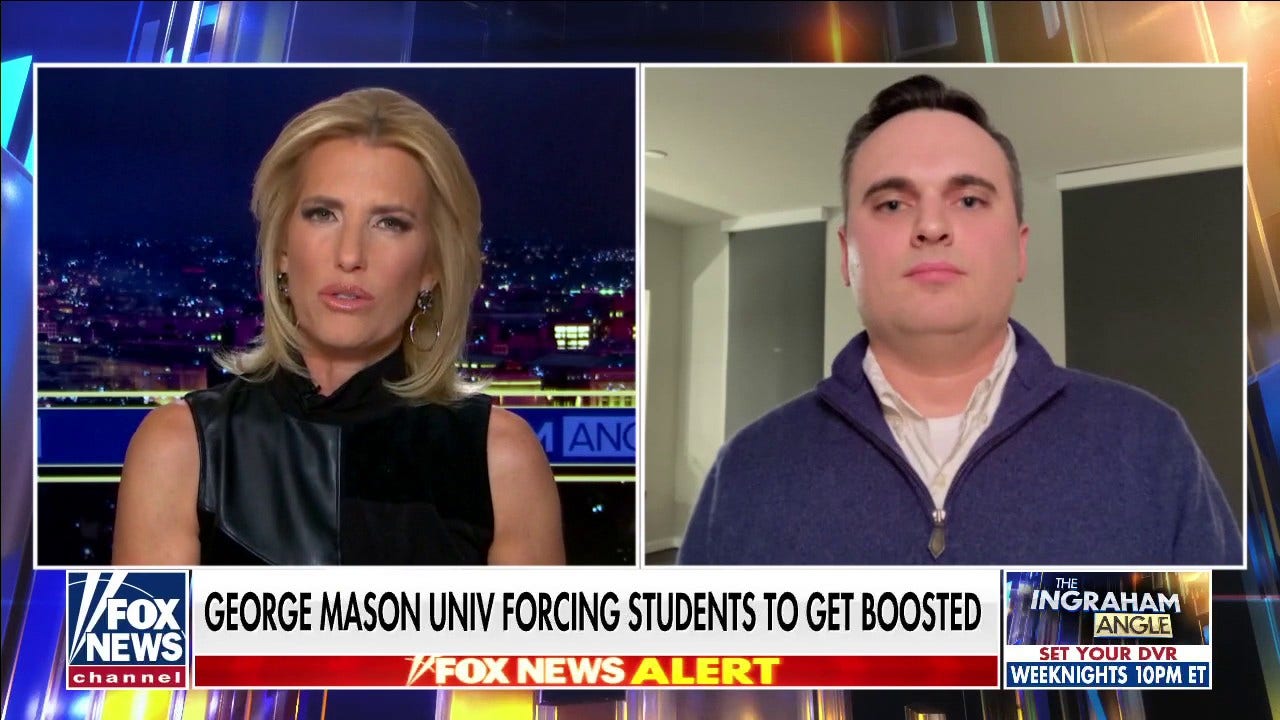Robotic surgery has been used since the late 1980s, but in a new study, researchers at the University of California, Los Angeles have improved upon that technique to access previously unreachable areas of the head and neck.
Trans Oral Robotic Surgery (TORS) uses a minimally invasive procedure in which a surgical robot, controlled by a trained physician, operates with a three-dimensional video camera and robotic arms. The Food and Drug Administration (FDA) approved this specific type of robotic surgery in 2009.
“While this has been in use in many centers, now at UCLA we’re really starting to advance this technique,” lead author Abie Mendelsohn, developer and director of head and neck robotic surgery at UCLA, told FoxNews.com.
In the study, published in the journal Head & Neck, researchers use an advanced technology to reach the deepest areas of the head and neck.
The technique is now being used to remove tumors that were either deemed inoperable or could only be accessed through highly invasive means, like splitting a patient’s jaw or going through the skin. TORS targets the patient’s tumor by entering through the mouth for access to the throat.
“It uses the throat as an approach into these spaces— the parapharyngeal space, a small space in between the muscles of the throat and the jaw bone,” Mendelsohn said. Through TORS, the area once considered inaccessible now can be easily be targeted.
The robot’s “arms” navigate through small, delicate areas of the mouth without the need for external incisions. A retraction system allows the surgeon to see the entire surgical area at once. The surgeon steps away from the patient’s bed, and every movement of the surgeon’s wrists and fingers are transformed into the movement of the surgical instruments.
“You can get in there, go into that space, get the tumor out and stitch up the throat,” Mendelsohn said.
Not every patient is considered an ideal candidate for this approach, but it largely benefits those with tumors located in the throat.
“The standard patients are tonsil tumors, tongue tumors— specifically in the back of the tongue or the base, not visible on the front— and selective tumors of the voice box can be reached with the robot,” Mendelsohn said. “These patients should know that there is a good option.”
The procedure usually takes 60 minutes, which includes administering anesthesia before surgery. Mendelsohn said patients are hospitalized overnight, but that this measure is precautionary and likely will be eliminated in the future.
Mendselsohn said the next step for his team would be to further improve the flexibility system, as a means to access even further recessed areas. “We are limited in some sense with patients who have a very short bowel neck, some patients with severe cervical spine disease, sometimes they can’t move the way we want so we are limited in that sense,” he said.







Leave a Reply